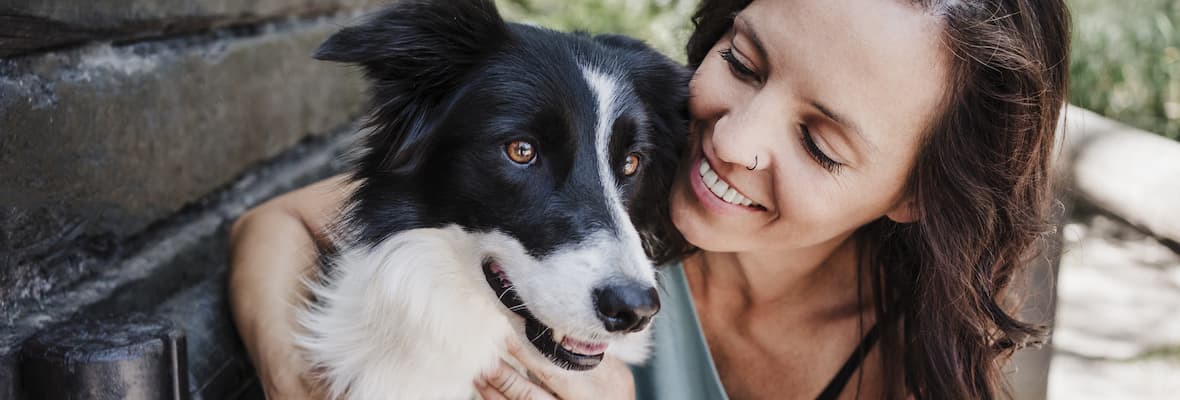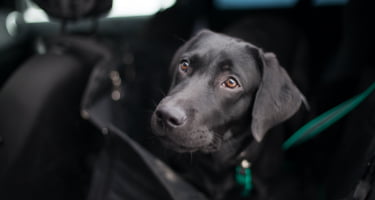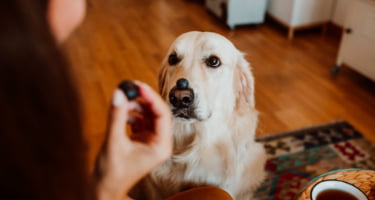Research from the peak body representing the leading healthcare companies in Australia, Animal Medicines Australia[1] (AMA), reflects the biggest rise in pet ownership Australia has seen. And the number of restrictions placed on Australians during the COVID-19 pandemic created multiple opportunities for Australians to bring a new pet into their households.
However, one of the greatest deterrents to potential pet owners is the ongoing costs of care. We’ve already spent a combined $30.7 billion on our dogs and cats in the last year, with food, health, accessories, and veterinary services accounting for more than half of all ongoing costs.
While $30.7 billion may seem like a lot, we’ve broken down the costs of ownership and why many pet owners have chosen to view their pets as part of their family, instead of as ongoing costs.
How Much Does it Cost to Own a Dog?
As of 2021 there are an estimated 6.3 million dogs that are kept as pets in Australia. With the rise in pet ownership in Australia also came the rise in the price to acquire a pet dog. According to AMA, 22% of pet dogs cost more than $1,000 in Australia, with dogs acquired since March 2020 averaging $1,740.
Pet food
It’s estimated that dog owners have spent an average of $1,858 on dog food in the last year.
Veterinary services
In the last 12 months, dog households have spent an average of $617 on veterinary services for their pet dog. Vets remained the number one source of information for 51% of pet owners while 79% of dog owners have taken their pet to see the vet at least once since the beginning of the COVID-19 pandemic.
Pet healthcare products
In 2021 households with a dog spent an average of $411 on dog healthcare products (e.g veterinary medicines, flea/worming treatments, tick prevention and dietary supplements).
Products or accessories
Over the past year, the average household spent $238 on products and accessories for their dog. This can include clothing, toys, leads, bowls, collars and carriers.
Pet Insurance
In the last 12 months, dog owners spent an average of $246 on pet insurance in their household with only 24% of dog owners paying for pet insurance.
Additional household average costs for a dog in the last year:
- Boarding/Minding - $223
- Clipping/Grooming (incl. mobile shampoo) - $196
- Training/Behaviour/Therapy - $182
- Dog walking - $160
- Transport - $147
- Participating in competitions/Club membership - $80
- Alternative health treatment (e.g acupuncture, massage) - $58
- Other - $6
How Much Does it Cost to Own a Cat?
As of 2021, there are an estimated 4.9 million cats that are kept as pets in Australia. Nearly half (48%) of all cats were given away freely and a further 34% were acquired for $200 or less. Since the beginning of COVID-19, the cost to acquire a cat has risen as high as $410 but this price was not sustained and the cost is now substantially lower than the purchase price for a pet dog.
Pet food
It’s estimated that cat owner households spent an average of $1,493 on cat food in the last year.
Veterinary services
In the last 12 months, average households have spent $717 on veterinary services for their pet cat. Vets also remained the number one source of information for 51% of pet owners.
Pet healthcare products
In 2021 the average household spent $356 on cat healthcare products (e.g veterinary medicines, flea/worming treatments, tick prevention and dietary supplements).
Products or accessories
Over the past year cat households have spent an average of $224 on products and accessories for their cat. This can include clothing, toys, leads, bowls, collars and carriers.
Pet Insurance
In the last 12 months cat owners spent an average of $116 on pet insurance in their household with only 19% of cat owners paying for pet insurance.
Additional household average costs for a cat in the last year:
- Boarding/Minding - $138
- Clipping/Grooming (incl. mobile shampoo) - $133
- Training/Behaviour/Therapy - $59
- Transport - $12
- Participating in competitions/Club membership - $43
- Alternative health treatment (e.g acupuncture, massage) - $52
- Other - $14
Cat litter was the predominant ‘other’ spend for cat owners.
Ongoing Costs
Pet-related purchases
Supermarkets continue to be the most popular place to buy food and treats for your pet with pet shops as the next most popular. While around half of all pet owners get most of their pet’s dry food (53%), wet food (49%) and treats (49%) from the supermarket, 14% get most of their dry food from in-person pet shops.
In-person pet shops and retail shops (e.g Kmart) and supermarkets were also the most popular places to purchase pet products or accessories.
Vets were the preferred place to purchase pet healthcare products, overtaking supermarkets since 2019. 18% of pet owners also liked to shop for pet healthcare products through online pet shops and supermarkets.
Pet healthcare
Unfortunately, 15% of pet owners could not afford the cost of general veterinary consultation fees, medicines and procedures in the last two years and 6% of pet owners had a difficult time accessing pet services due to the COVID-19 pandemic or because their vet was too busy.
Some of the most common reasons to visit the vet in the last two years included vaccination (40%), general check-up (38%), desexing (15%) and a specific illness or injury (13%).
Pet Insurance Costs
According to Animal Medicines Australia, Australian households spend an average of $246 per year to insure their dogs and $116 to insure their cats (this takes into account all survey responses, regardless of whether or not they had pet insurance).
The cost of pet insurance can vary significantly, depending on the age, breed, size and health of your furry friend. However, one cost that is almost always extreme is an unexpected vet bill.
An unforeseen trip to the vet can easily come to thousands of dollars if scans (like x-rays) are involved. Without pet insurance, you’re liable for the whole lot. Whereas if your pet insurance covers the event, you’ll normally only pay an excess and a percentage of the overall costs, also known as a co-payment.
The co-payment amount can differ between Insurers and some require you to only pay the co-payment and excess at the vet whereas others will require you to pay the full amount and seek reimbursement of the insurer’s portion after.
And if you’d like to see how much pet insurance might cost, visit Budget Direct Pet Insurance for more information.






